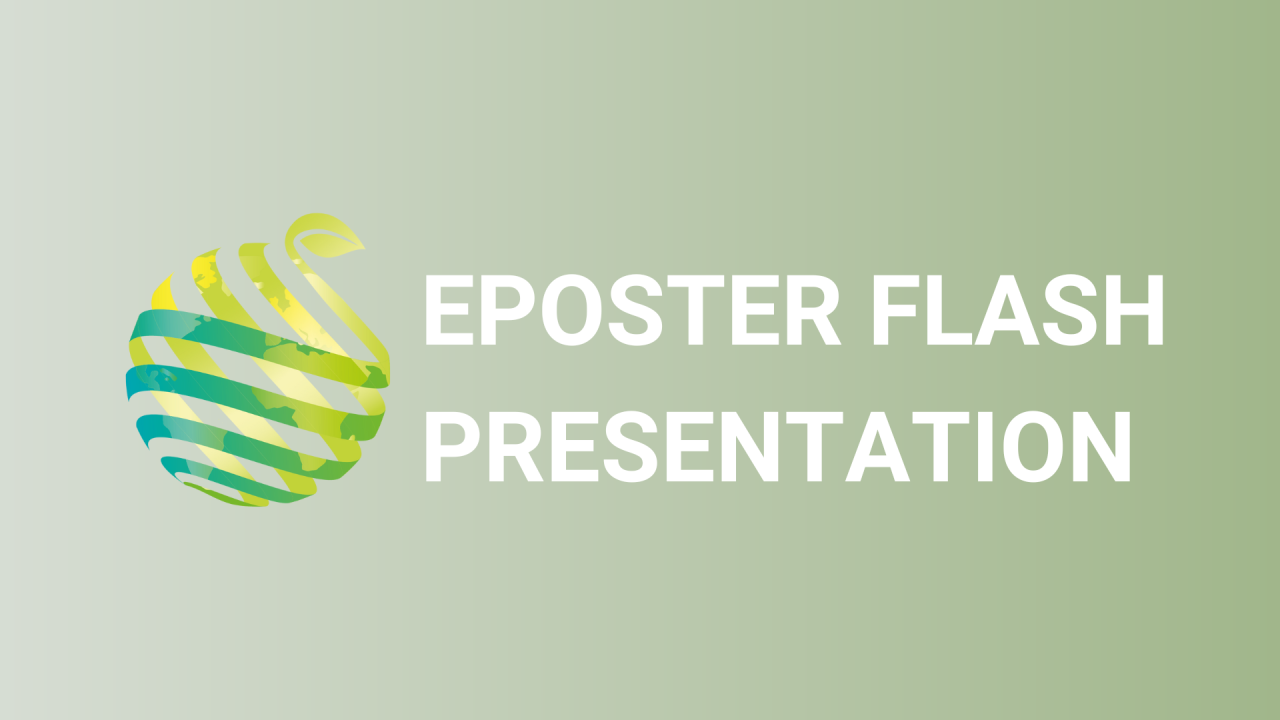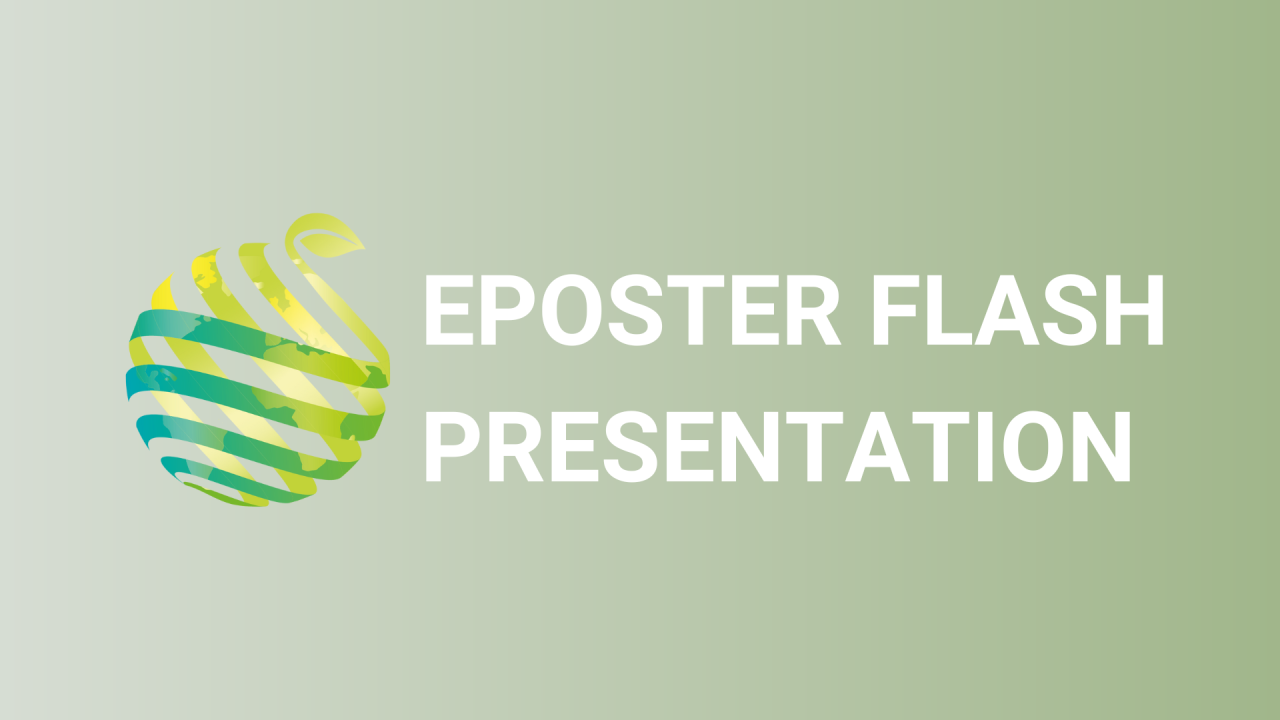

S05 - Session P1 - Petal doubling in rose flowers as affected by temperature
Information
Authors: Je Yeon Yeon *, Min Ji Kim, Yeong Chan Shin, Wan Soon Kim
To know the effect of temperature on the petal number of rose flowers, we investigated the shoot growth and flowering responses of cut roses under different temperature conditions in the range of 10 to 35℃: control (25℃), high-temperature (HT), and low-temperature (LT). We experimented with the environment-controlled growth chambers set by 50 +- 5% relative humidity and 300 +- 30 μmol·m -2 ·s -1 light intensity with 16-h day-length conditions. Compared to the control, HT induced earlier flowering about 14.0 days, shortened the flowering shoot by 71.7%, and thinned the stem by 36.4%; LT delayed flowering about 35.3 days, increased the flowering shoot by 4.9%, and thickened the stem by 22.7%. Petals became 62.3% smaller and 88.2% lighter in HT, while petals grew 25.8% bigger and 90.0% heavier in LT than those in control. The average number of petals per flower was 25.7 in control (100%), 9.3 in HT (36.4%), and 27.3 in LT (106.5%). HT also reduced the rate of petaloid stamens and pistils but increased ones of stamens in flowers, whereas LT suppressed the formation of petaloid stamens and stamens but stimulated the increase of pistils than those in control. The key genes of excessive double flowers in roses related to temperature conditions have been screened by RT-PCR technique: RhAP1, RhAP2, RhAP3, RhTM6, RhPI, RhAG, RhSHP, and RhWUS which are closely related to rose floral organ development.